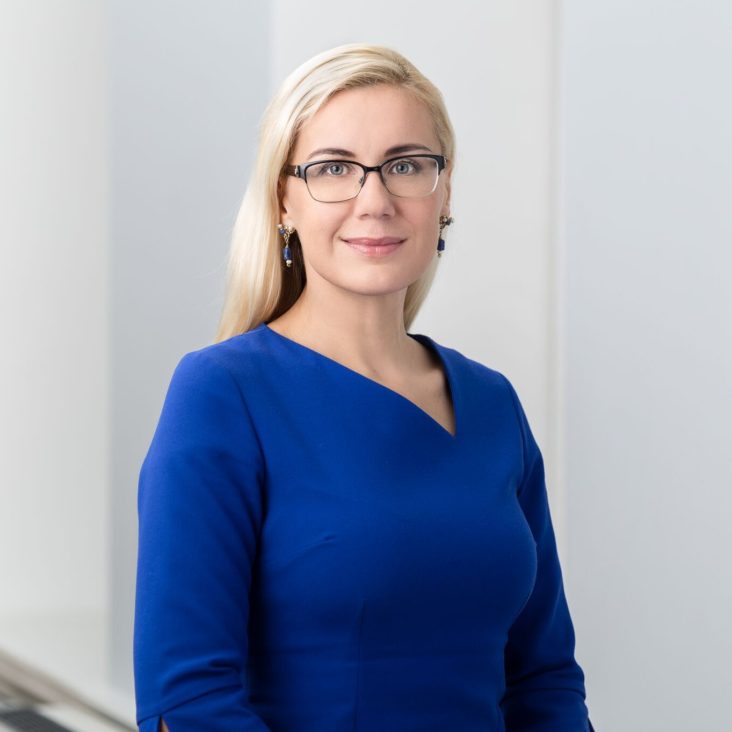EU’s Initiative To Renovate Old Building Will Save Up To 50% Energy

A European Union initiative to renovate old buildings will help save 50 percent energy used for heating and cooling in housing sector, an EU official said.
“A lot of energy is wasted in housing sector as old houses consume more heat and energy than the new ones. If we upgrade our housing stocks, we will save a lot of energy,” Kadri Simson, European Union Commissioner for Energy, told Emirates News Agency, WAM, in an exclusive interview during her recent visit to Abu Dhabi.
“Right now 40 percent of our energy goes to either heating or cooling in buildings,” she added.
The houses built in 1980s in eastern Europe consume more energy than the new ones, she pointed out. “If you renovate them, you may save as much as 50 percent of energy [used for heating and cooling].”
The initiative, which aims to reduce carbon emissions from energy consumption, will have specific schemes that will be supported by the EU funds and loans, she explained.
Seventy-five percent of the EU states’ emissions come from energy production and use, said Simson who assumed office as part of the new European Commission leadership on 1st December 2019, led by President Ursula von der Leyen.
Simson, Estonia’s former Minister of Economic Affairs and Infrastructure, will be in charge of steering European energy policy throughout the 5 years of the Commission’s mandate.
Like the initiative in housing sector, she said, there will be similar schemes in industry, agriculture and transport sectors as part of the efforts to achieve the European Commission’s ambition to make Europe the first climate-neutral continent by 2050.
For this purpose, the Commission has announced the ‘European Green Deal,’ which is a package of measures that should enable European citizens and businesses to benefit from sustainable green transition.
“I am optimistic about it. Definitely this is doable,” Simson said.
The member states will submit to the EU their national energy and climate plans to reduce emissions in different sectors.
“We do have some member states that are very ambitious. They will reduce greenhouse gases by 70 percent by 2030,” she said.
The commissioner appreciated the UAE’s decarbonisation efforts. “You already have a diverse energy mix. You also do research in hydrogen and we can share our experiences in this sector.”
She also believes that the EU and the Gulf Cooperation Council states can work together in decarbonisation efforts.
“Alone we [EU] may achieve a goal to be a climate-neutral continent by 2050, but we are emitting only nine percent of the global greenhouse gas emissions, so without good partners we don’t make enough difference,” Simson explained.
Both parties can cooperate in research, innovation and finding new technological solutions in renewable energy, she added.
As the EU aims to achieve 100 percent renewables in energy sector, Simson believes hydrogen will play a major role in its efforts to find energy storage solutions.
“We do know that renewables are the future, but the big question mark right now is how to solve the issue of energy storage [when energy from renewables such as solar and wind is used],” she said.
“We are working on hydrogen. It is a very exciting solution.”
According to Hydrogen Europe, the European Hydrogen and Fuel Cell Association, batteries are not suitable in storing large amounts of electricity over time.
A major advantage of hydrogen is that it can be produced from surplus renewable energies and can also be stored in large amounts for extended periods of time.
Longer-term storage of larger surplus amounts of electricity requires new types of storage, such as chemical storage in the form of hydrogen, according to the European Hydrogen.
Simson said that in the near future, there would be cooperation between different EU member states to build new offshore wind parks. “That will also help our member states to choose places that are suitable to build offshore wind projects [places that are now not connected to the grid].”
The ongoing research projects in energy may produce new solutions. “One of them is located in France. ITER [means ‘The Way’ in Latin] is one of the most ambitious energy projects in the world today.”
In southern France, 35 nations are collaborating to build the world’s largest tokamak, a magnetic fusion device that has been designed to prove the feasibility of fusion as a large-scale and carbon-free source of energy based on the same principle that powers the sun and stars.
The experimental campaign that will be carried out at ITER is crucial to advancing fusion science and preparing the way for the fusion power plants of tomorrow.
“This may entirely change the energy landscape,” Simson affirmed.



